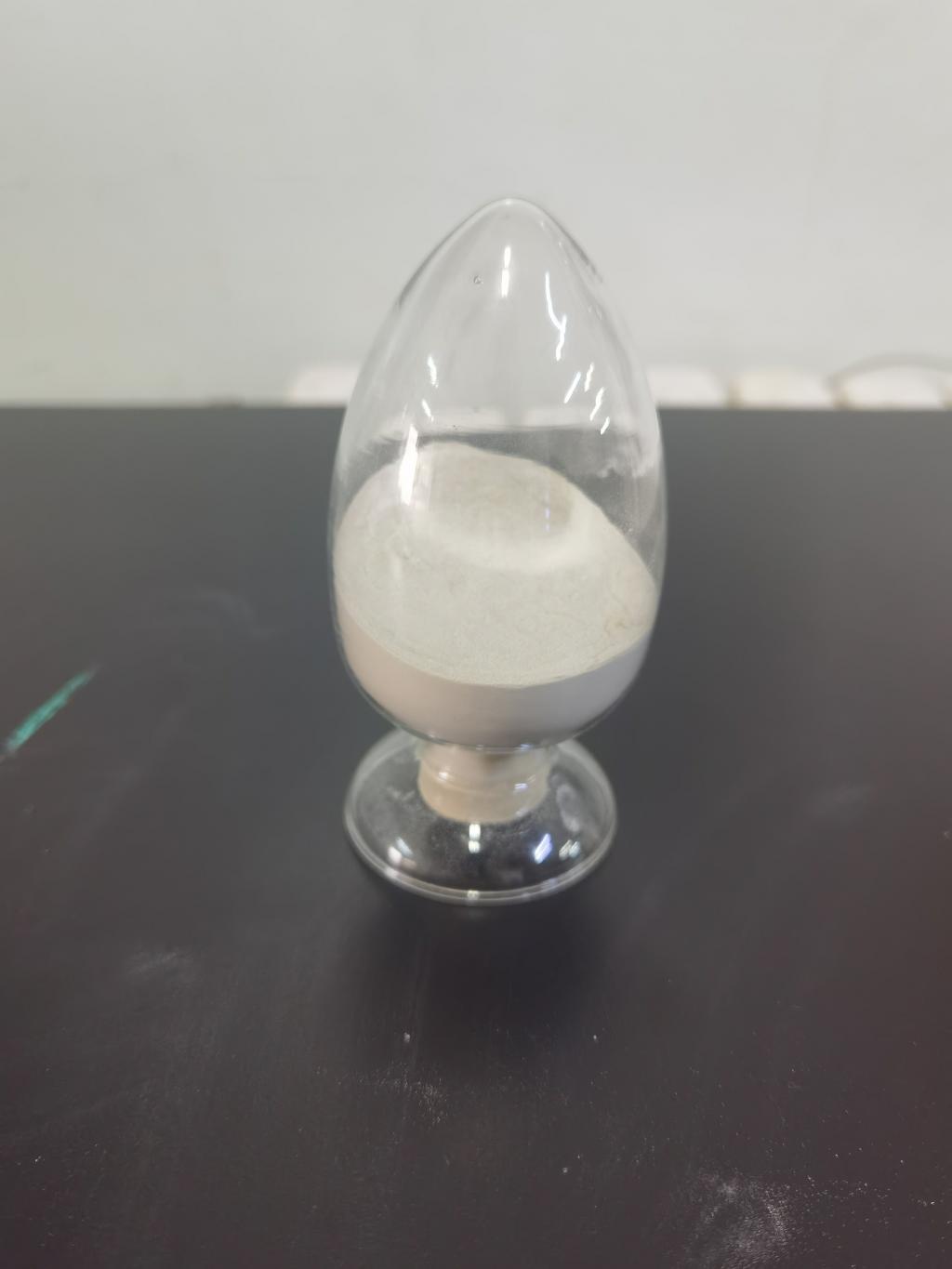Tel:+8618231198596

News
 CONTACT
CONTACT
 CONTACT
CONTACT
- Linkman:Linda Yao
- Tel: +8618231198596
- Email:linda.yao@dcpharma.cn
- Linkman:CHARLES.WANG
- Department:Overseas
- Tel: 0086 0311-85537378 0086 0311-85539701
News
Current Position:
Home >
News
>Unlocking the Secrets of Nisin: A Closer Look at its Molecular Marvel
Unlocking the Secrets of Nisin: A Closer Look at its Molecular Marvel
TIME:2024-01-10
Introduction:
Nisin, a polypeptide with potent antimicrobial properties, has been a subject of scientific fascination for decades. In recent years, advancements in molecular biology and structural biology techniques have allowed researchers to unravel the secrets hidden within the molecular structure of nisin. This article aims to provide a comprehensive overview of the molecular marvel that is nisin, exploring its structure, biosynthesis, and mechanisms of action.
Molecular Structure of Nisin:
At the heart of nisin's antimicrobial prowess lies its unique molecular structure. Comprising a linear amino acid chain with post-translational modifications, nisin transforms into a polycyclic structure through thioether linkages. This section delves into the intricacies of nisin's molecular architecture, highlighting the significance of its lanthionine and methyllanthionine rings in conferring stability and functionality.
Biosynthesis of Nisin:
Understanding the molecular secrets of nisin involves a closer look at its biosynthetic pathway. Nisin is produced by certain strains of lactic acid bacteria through a complex enzymatic process. This section explores the key enzymes involved in nisin biosynthesis, elucidating the steps that lead to the formation of its distinctive molecular structure. Insights into the genetic regulation of nisin production and its ecological significance will also be discussed.
Mechanisms of Action:
Nisin's ability to target specific bacterial strains while sparing beneficial microorganisms lies in its intricate mechanisms of action. This section provides an in-depth examination of how nisin disrupts bacterial cell membranes, inhibits cell wall synthesis, and interferes with cell division. Molecular dynamics simulations and structural studies contribute to a nuanced understanding of the interactions between nisin and bacterial cells at the molecular level.
Resistance Mechanisms:
While nisin is a potent antimicrobial agent, bacteria have developed resistance mechanisms to evade its effects. This section explores the molecular basis of nisin resistance, shedding light on how bacteria modify their cell envelopes to counteract the actions of this antimicrobial peptide. Understanding these resistance mechanisms is crucial for optimizing the use of nisin in various applications.
Structural Variants and Engineering:
Advancements in molecular engineering techniques have paved the way for the creation of novel nisin variants with enhanced properties. This section explores the structural variants of nisin designed for improved stability, broader antimicrobial spectrum, and enhanced bioavailability. The article also discusses the potential applications of engineered nisin variants in various industries.
Applications Beyond Antimicrobial Activity:
Beyond its antimicrobial properties, nisin's molecular structure holds promise for diverse applications. This section explores the potential of nisin in drug delivery, as a molecular scaffold for peptide-based therapeutics, and its use in nanotechnology. The versatility of nisin's structure opens up new avenues for innovation in molecular medicine.
Challenges and Future Directions:
As we unlock the secrets of nisin at the molecular level, challenges and unanswered questions emerge. This section discusses current challenges in understanding nisin's interactions with complex microbial communities, potential side effects, and the need for standardized testing methods. Future directions for research, including exploring synergies with other antimicrobial agents and harnessing nisin in personalized medicine, are also considered.
Conclusion:
Nisin, with its molecular marvels, continues to be a source of inspiration and exploration for scientists across various disciplines. The unraveling of its secrets at the molecular level not only enhances our understanding of antimicrobial peptides but also opens up new possibilities for applications in medicine, agriculture, and beyond. As research in this field progresses, the secrets of nisin are likely to pave the way for innovative solutions to microbial challenges in the molecular realm.
- Tel:+8618231198596
- Whatsapp:18231198596
- Chat With Skype







